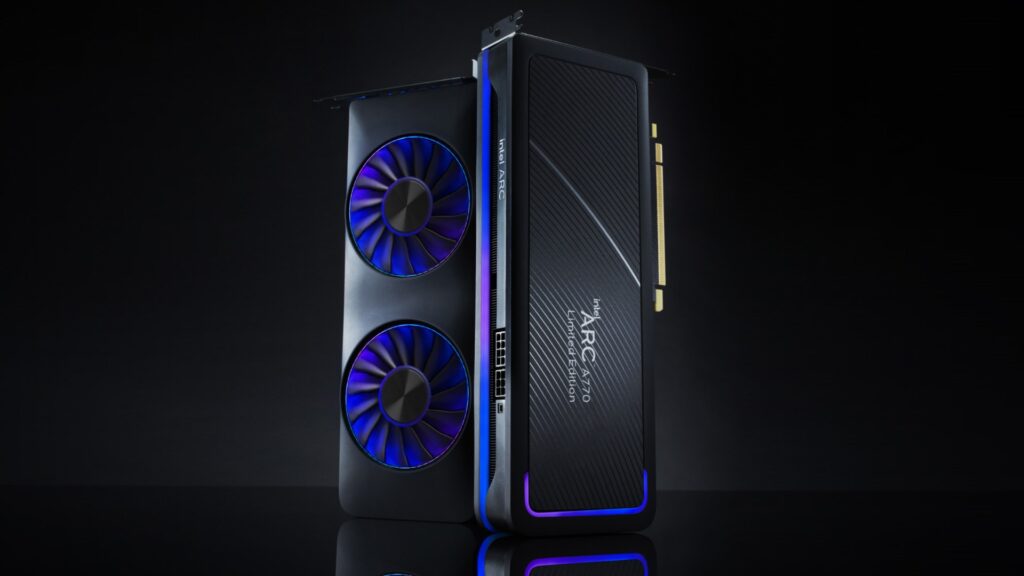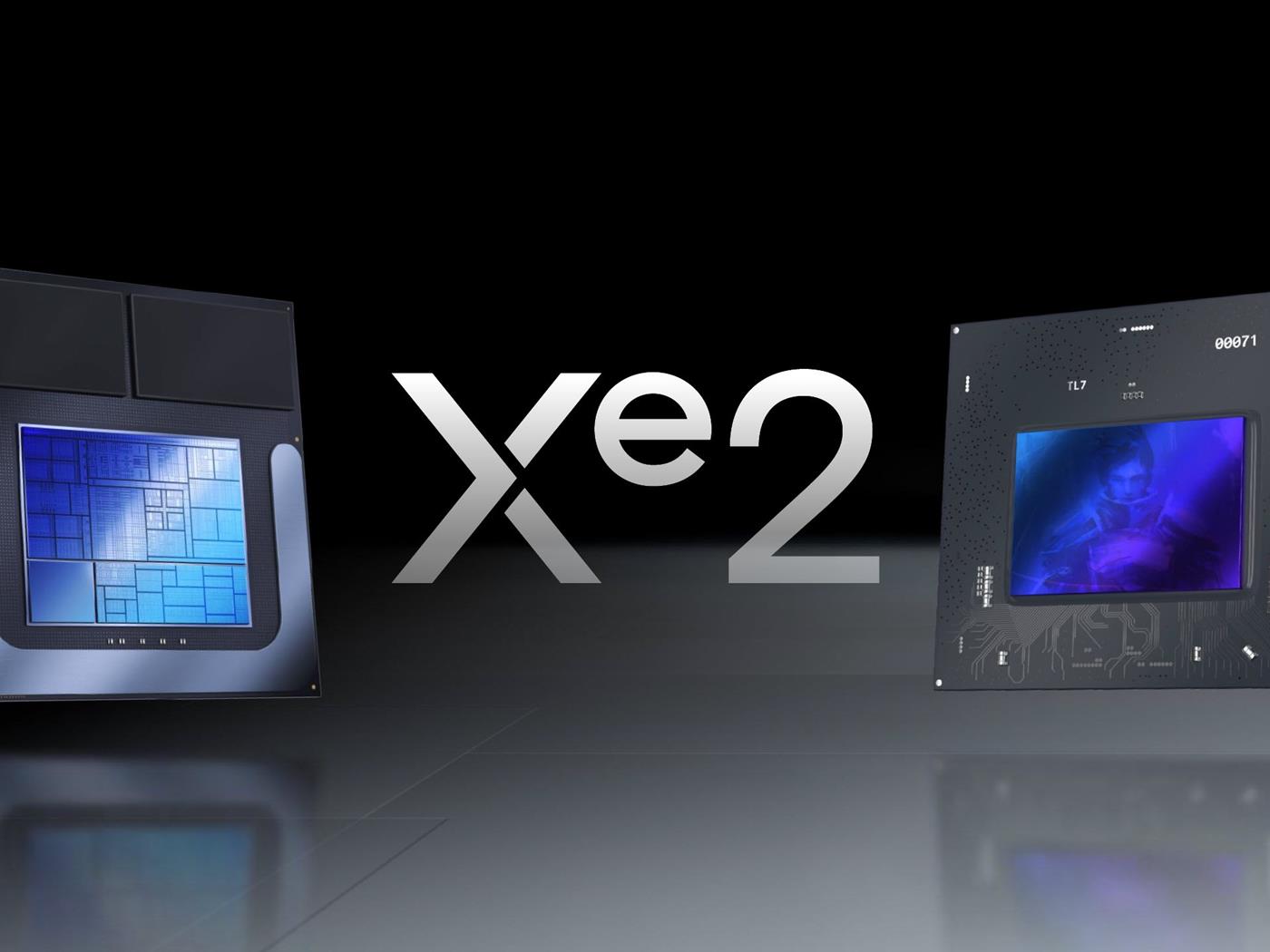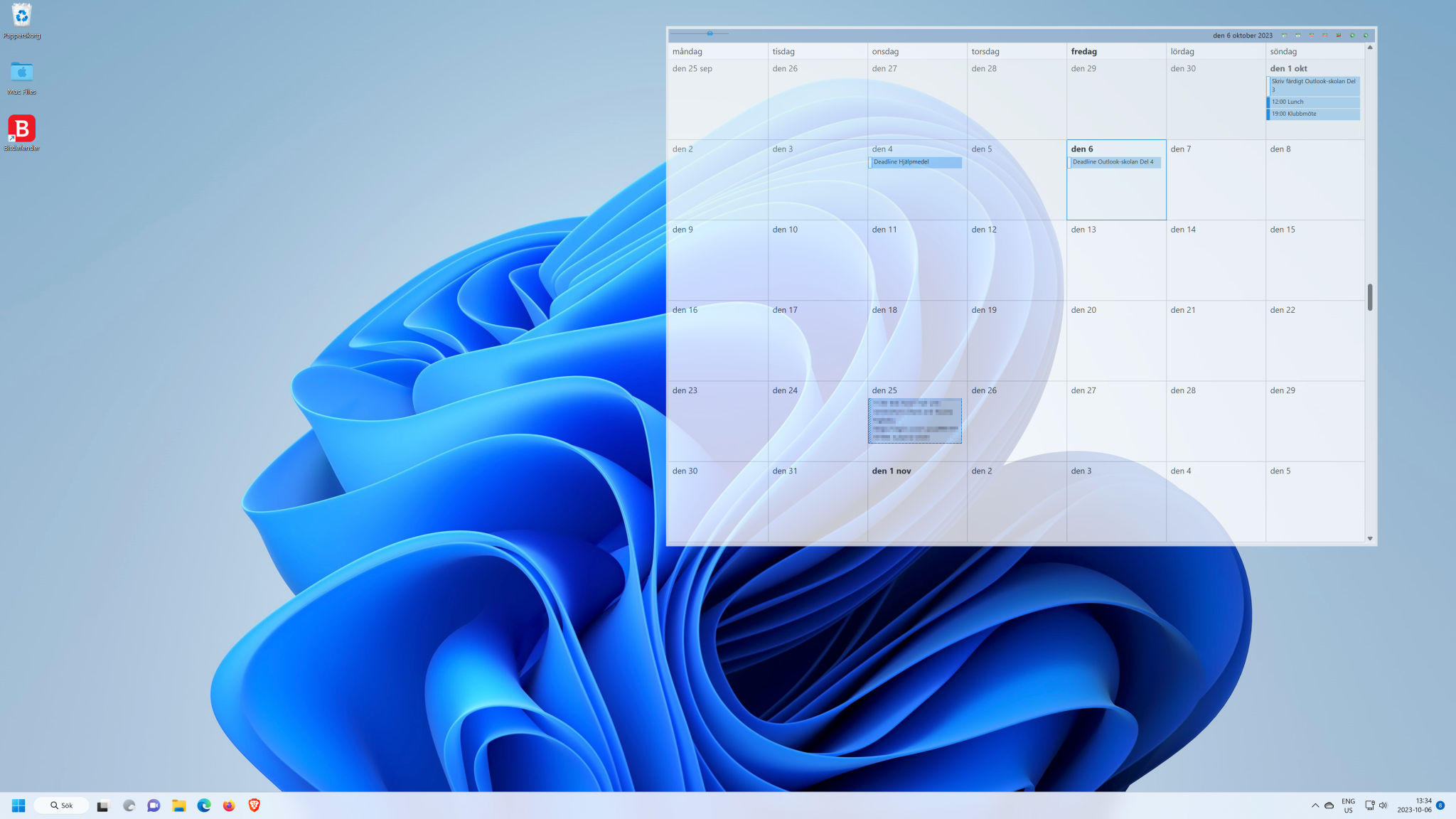
Integrated graphics have historically lagged behind discrete laptop GPUs, but they’ve made significant strides in recent years. For instance, AMD’s “APU” setups power the Steam Deck and other popular gaming handhelds. Now, Intel is stepping up its game with Xe2 integrated graphics, promising to outclass the competition. These next-gen graphics will be built into the upcoming Lunar Lake laptops, featuring Intel’s Core Ultra Series 2 chips, set to launch later this year and into 2025.
Intel has teased the Xe2 architecture for months, and at IFA 2024 in Berlin, the company revealed key performance metrics. Xe2 graphics will deliver a 31% boost in frame rates over previous Intel designs (Core Ultra 9288V vs. Core Ultra 155H) and an 80% increase over Qualcomm’s Snapdragon X1E. While Snapdragon isn’t designed with gaming in mind, the real competition for Intel lies with AMD. Intel claims Xe2 will outperform AMD’s Ryzen 9 HX 370 by 16%, which is a bold statement as these processors will be battling it out in premium laptops soon.
Intel’s benchmarks cover over 40 popular games running at 1080p on medium settings, showcasing the potential of Xe2. Interestingly, Intel admitted that AMD edged it out in games like Counter-Strike 2 and GTA V, but Xe2 holds strong in titles leveraging Intel’s XeSS upscaling technology. Intel’s selective benchmarks raise questions, but the results still suggest significant gains for integrated graphics in everyday gaming laptops.
Intel’s Xe2 tech might also find its way into handheld devices, which have relied heavily on AMD APUs. The upcoming MSI Claw 8, the first handheld to feature a Lunar Lake processor with Xe2 graphics, could be a game changer for portable gaming. Whether you choose Intel or AMD, it’s clear that integrated graphics are becoming a viable option for gaming on the go, offering solid performance even without discrete GPUs.




